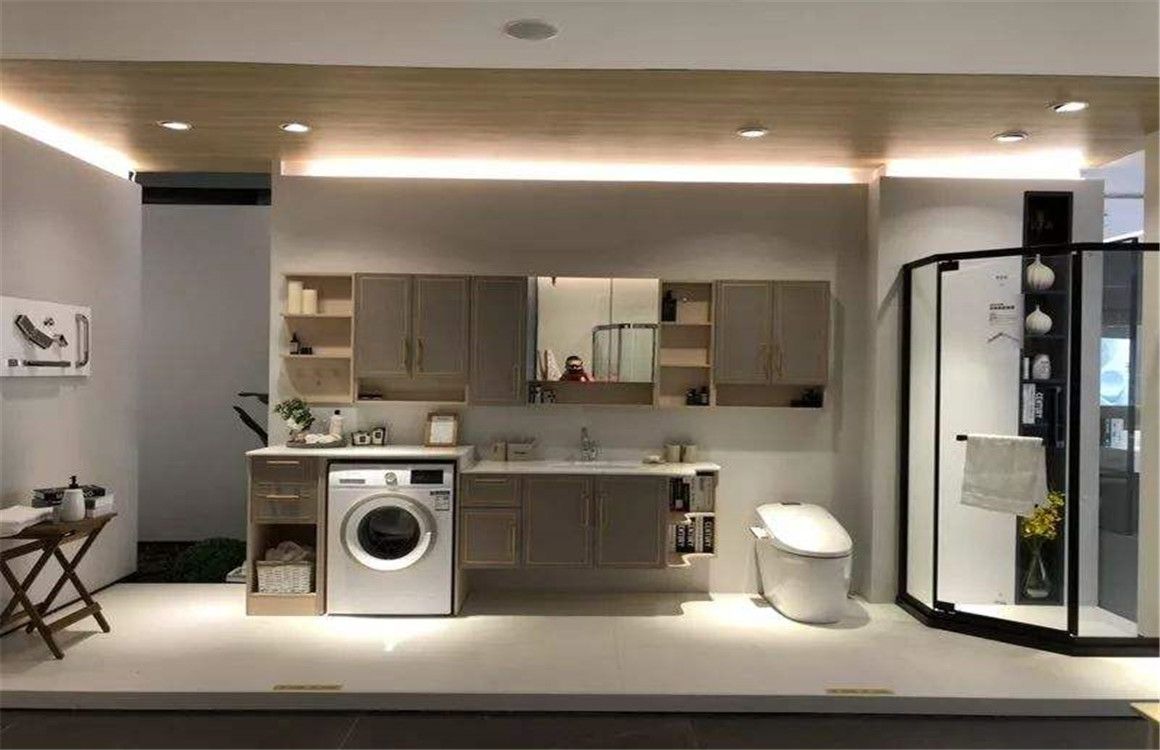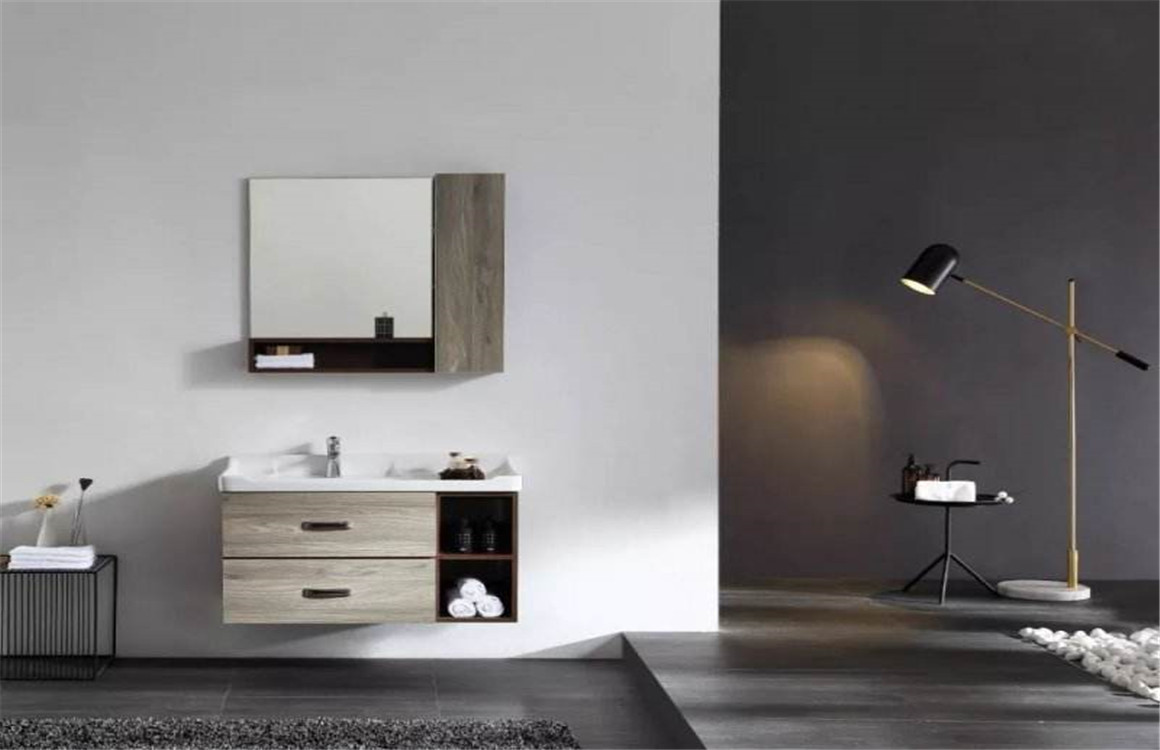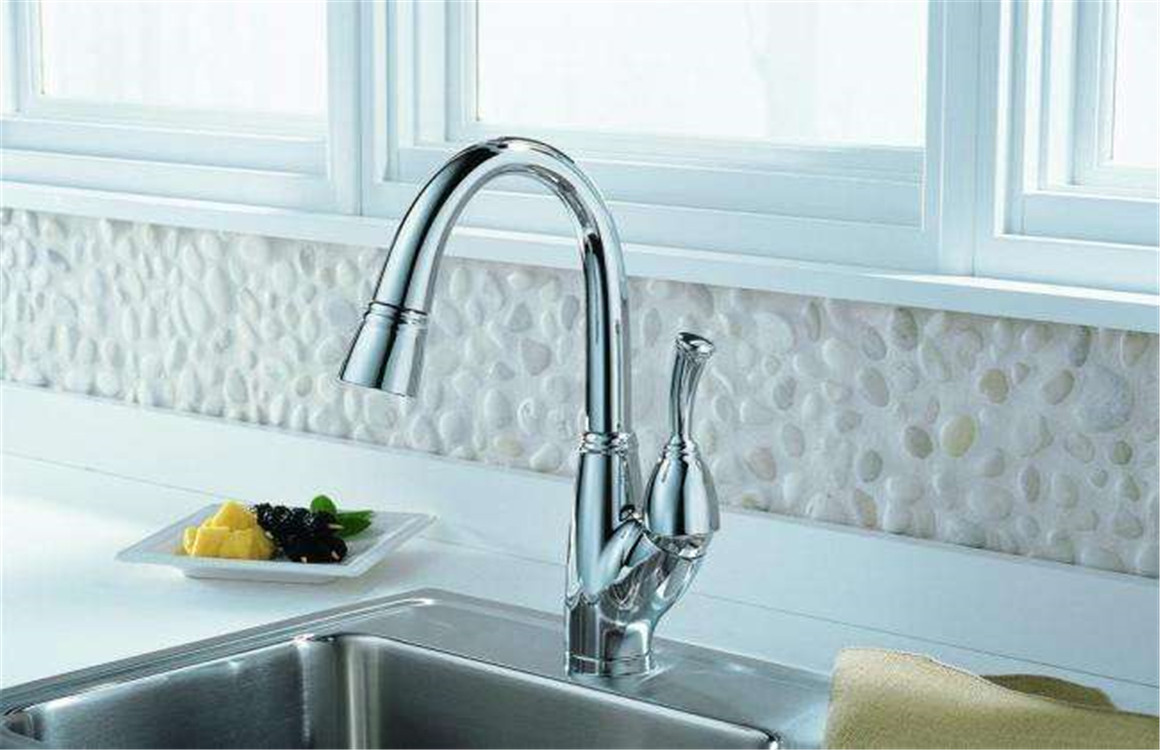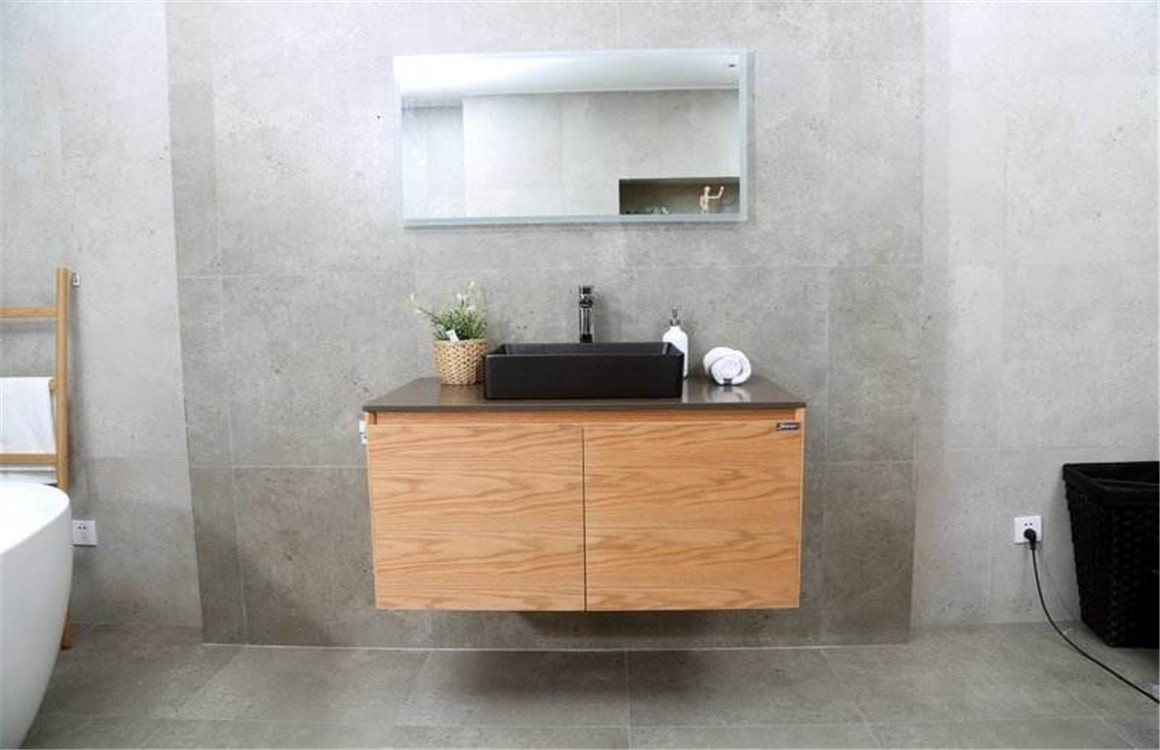How Removing Your Existing Tub?
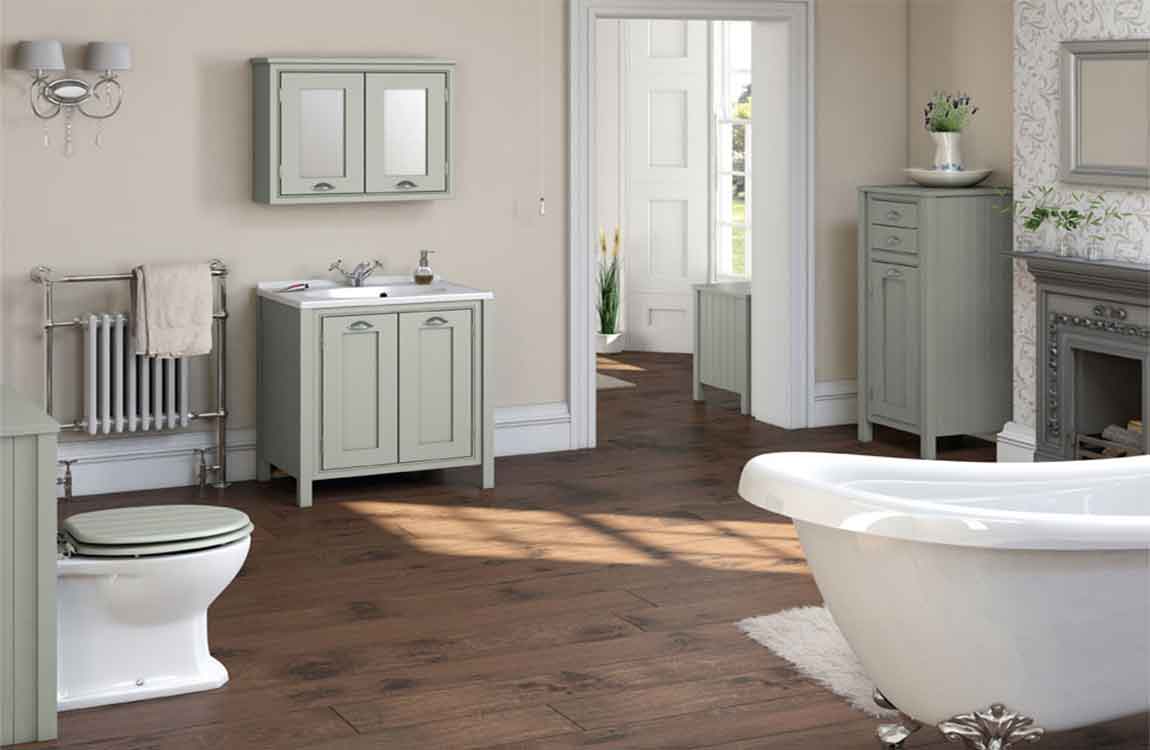
Cut a panel behind your tub to access the drain pipes. Most times, the water supply valve for your tub is located in the walls behind the faucet. Go into the room adjacent to your bathroom to cut a hole in the wall where the drain and faucets are for your tub. Use a stud finder so you don’t accidentally cut into one of the studs. Cut an 8 in × 8 in (20 cm × 20 cm) square in the drywall with a reciprocating saw to expose the pipes.

If you can’t access the room adjacent to the drain, cut a hole in the floor beneath the bathroom using a reciprocating saw. Make sure you’re underneath where the tub drains. Wear safety glasses while working with your saw. Turn off the water supply to your bathroom. The water supply for your tub is either controlled by a valve in the wall behind your faucet or by the main water pump. Turn the valve so it’s perpendicular to the pipes to turn it off.
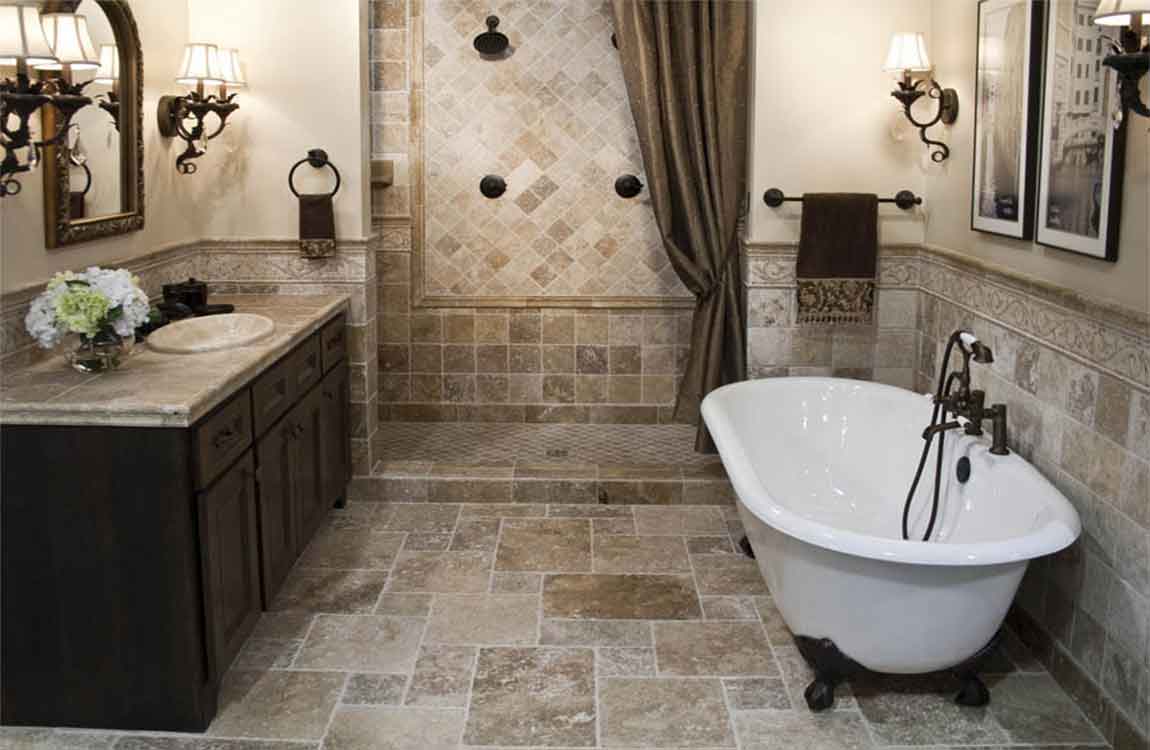
If your valve shut-off is circular, look for the directions printed on the valve head to figure out which way to turn it. If you cannot turn off the water for your tub or bathroom, you may need to turn it off for the entire home or building.

Remove the tub spout. Locate the screw on the underside of the faucet or where it connects to the wall. Use a flathead or Phillips screwdriver to remove the screw. If it doesn’t have a screw, tighten the jaws of a pipe wrench around the back of the faucet and twist it counterclockwise until it’s loose. Then, pull it out. If you want to save the faucet, put a rag in between it and the wrench so you don’t leave any scratches.

Take out the main and overflow drains. A drain removal tool is a cylinder that fits into the drain to loosen its connection to the pipes. Put the end of a drain remover tool in the drain hole and turn it counterclockwise. Keep turning the tool until the drain is loose and you can pull it out by hand. Unscrew the overflow drain, located on the front wall of your tub, and pull it off of the surface.



